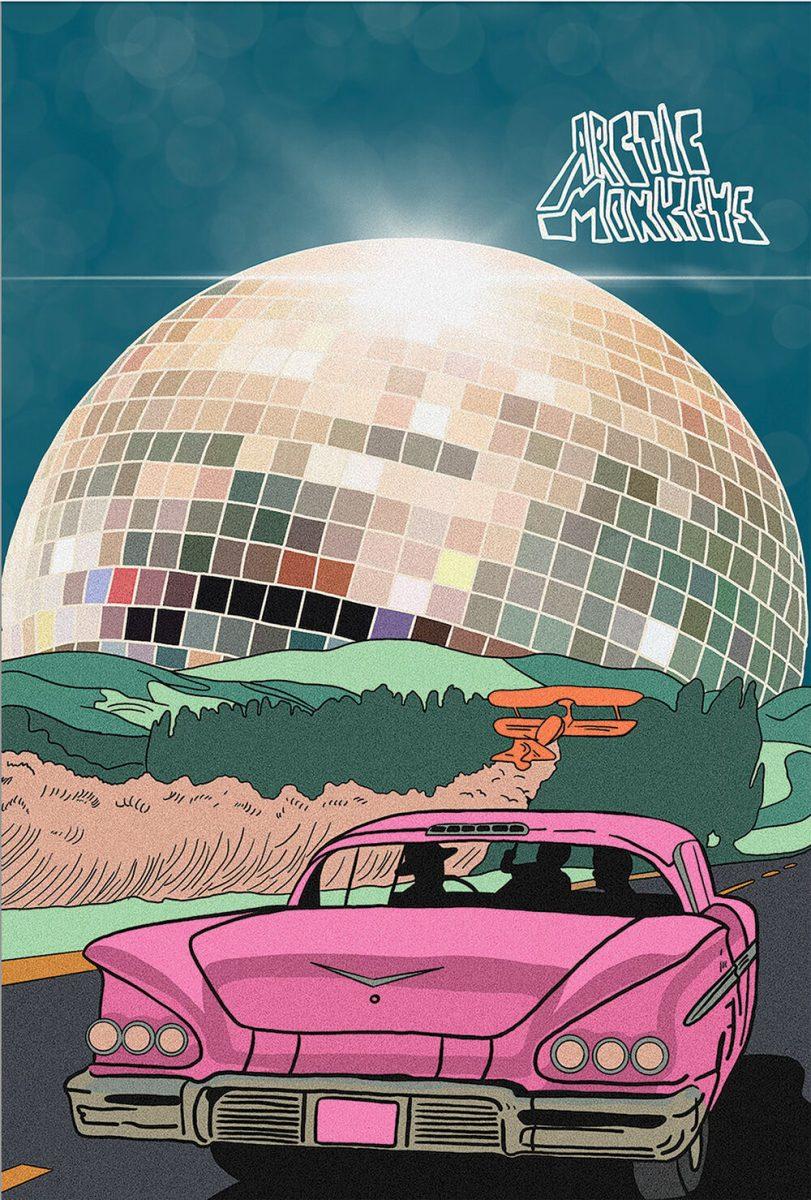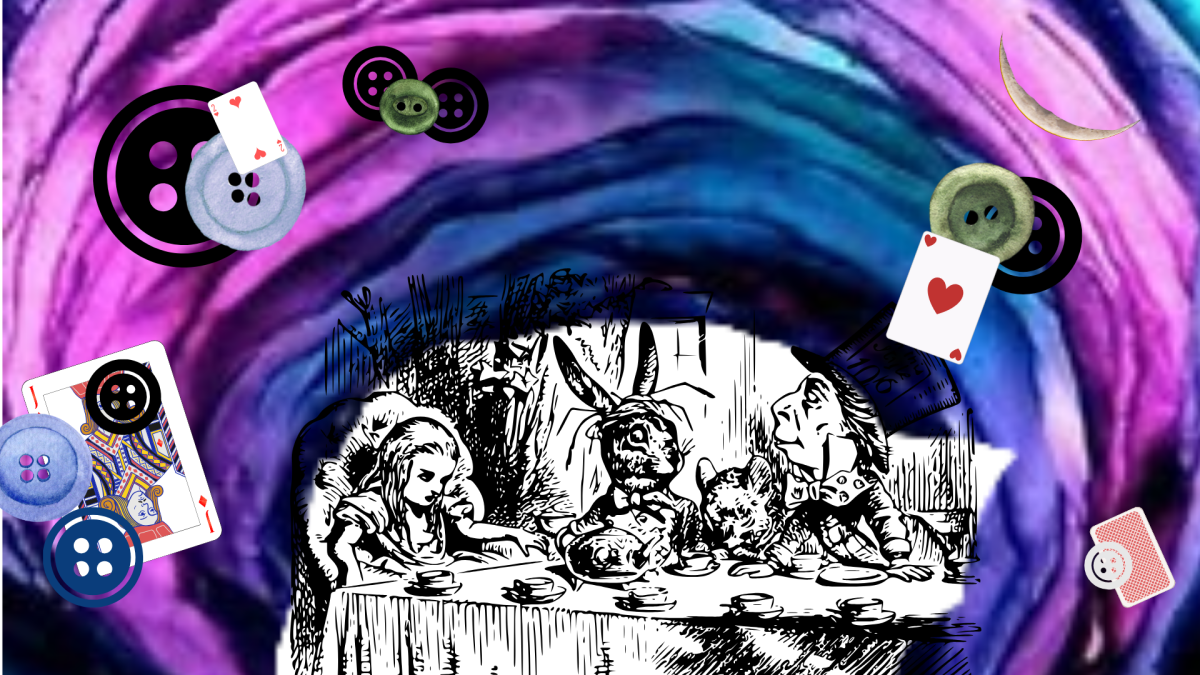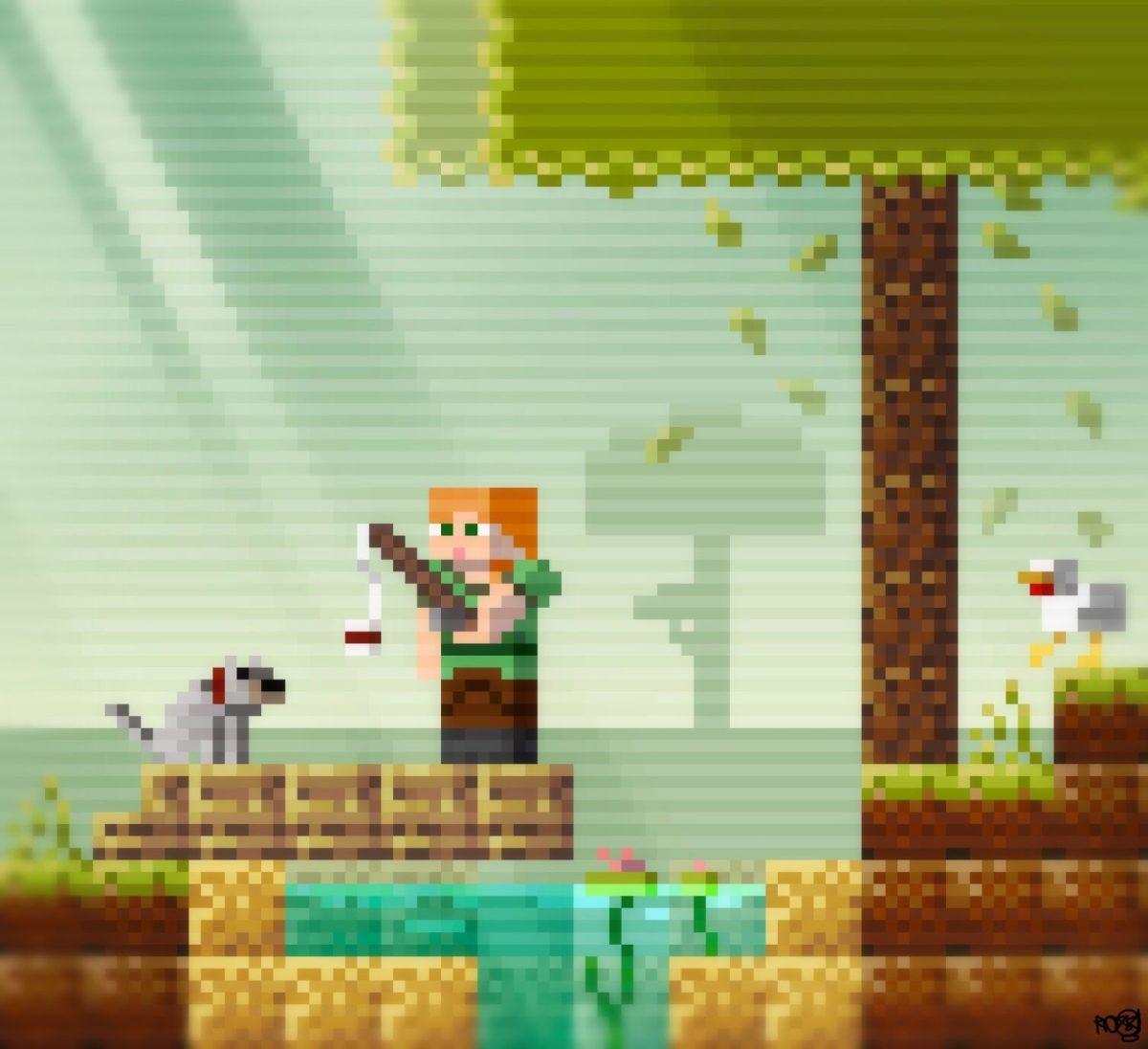The Arctic Monkeys returned from a five-year hiatus to launch their seventh studio album “The Car,” which was released Oct. 21. Although the album has a few notable songs worth a second listen, most of the album can be described as recycled lounge pop. This is a continued downward spiral for the band, which began with the release of their 2018 album, “Tranquility Base Hotel & Casino.”
Although “The Car” features better and more familiar instrumentals, Arctic Monkeys is still embracing depressed disco and it shows. Unfortunately, “Tranquility Base Hotel & Casino” was not a phase for the band, but the beginning of a new era of sound. Although they play the lounge pop genre well, it would have been more refreshing to see only a few tracks featuring this genre in between their more familiar sound, which is a clash between punk and stoner rock.
While the instrumentals and vocals aren’t bad, the Arctic Monkeys definitely misread what their fans wanted more of. Even though the band has now released two albums since they’ve hung up their guitars and began utilizing ‘60s-sounding instrumentals, their most popular albums are still “AM” and “Favourite Worst Nightmare,” both of which feature overly-aggressive vocals and long guitar riffs. Although there seems to be a recent respect for the revival of the Rat Pack style of the 60s, hopefully this is left to artists such as Father John Misty in the future.
Out of the ten tracks there are three songs worth noting. The first is “Sculptures of Anything Goes.” Although the synthesizer was slightly overdone, the use of bass and occasional guitar is reminiscent of “AM,” which is enjoyable for fans still looking for that familiar aggression used in “Arabella” or “Do I Wanna Know?”
“Jet Skis On The Moat” features some of the best instrumentals on the album, but the same cannot be said about the lyrics. The slow guitar is almost reminiscent of the opening riff in Led Zeppelin’s “Since I’ve Been Loving You,” giving the track more of a slow 80s feel rather than the sedated pop in the rest of the album.
Unfortunately, this success is immediately overshadowed by the poor lyrics. They appear if they are attempting to dive into the writer’s emotional baggage, but just end up being confusing and obscure rather than striking up empathy or insight in the listener.
“Body Paint” is easily the best track on the album. The instrumentals open featuring only strings and piano, then move into a heavier sound with slow bass and guitar beginning in the bridge. The writer successfully describes his own experience to gather empathy and pity in his listeners. This more direct approach with lyrics serves the track well.
“The Car” is a concise album at only 37 minutes, and while it isn’t necessarily bad music, it doesn’t feature the genre or instrumentals fans were hoping for. If this trend continues with the band’s next album, it wouldn’t be surprising if the Arctic Monkeys’ reign declines and they vacate their throne as one of the best rock bands of the early 21st century. Hopefully with their next album, the Arctic Monkeys will return to their classic sound.














